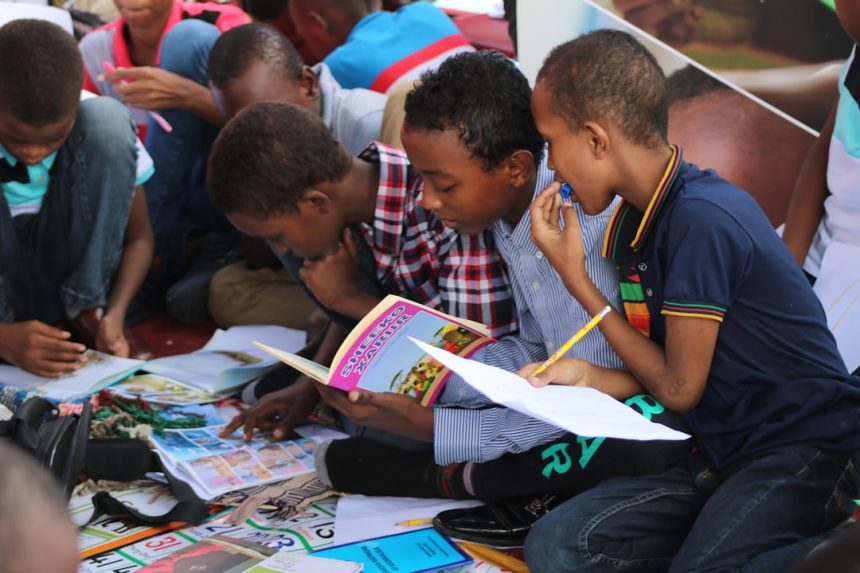In our increasingly interconnected world, the demand for accurate translation grows every day. However, translation errors can lead to confusion, miscommunication, and even offense. Whether you’re translating legal documents, marketing materials, or website content, avoiding mistakes is essential for ensuring your message remains clear and culturally appropriate.
Understanding the Impact of Translation Errors
Incorrect translations can not only alter the intended meaning but also damage reputations and cost businesses millions. From simple grammatical slips to culturally insensitive phrases, the implications can be wide-ranging. For global brands, a poor translation might mean the difference between success and failure in a new market.
Tips for Avoiding Translation Mistakes
Fortunately, there are effective strategies you can adopt to ensure higher translation quality. Below are practical tips to help you reduce — if not eliminate — common translation missteps.
1. Use Professional Translators
Machine translation tools have come a long way, but they still can’t match the nuance and contextual understanding of a seasoned human translator. A professional translator is trained to interpret not only language but also tone, intent, and cultural relevance.
2. Localize, Don’t Just Translate
Translating words literally can lead to confusing or inappropriate outcomes. Localization involves adapting your message to fit the target culture and audience. It includes currency, date formats, idiomatic expressions, and even humor or social norms.
3. Provide Clear Source Text
A poorly written original text increases the chances of errors in translation. Always ensure your source content is clear, concise, and free of ambiguous terms or slang. The better your original content, the more accurate the translation will be.
4. Context is Key
One of the most underestimated issues in translation is lack of context. Provide your translator with as much background information as possible. This includes who the audience is, what the objective is, and any relevant cultural cues.
5. Collaborate with Bilingual Reviewers
Having a native speaker or subject-matter expert review the translation can help catch mistakes that translators might overlook. This two-step verification process significantly enhances accuracy and consistency.
6. Utilize Translation Memory and Glossaries
Translation memory (TM) tools can store previously translated phrases, ensuring consistency across content. Glossaries of preferred terms also guide the translator to maintain your brand’s tone and terminology.

Common Types of Translation Errors
Being aware of common pitfalls allows you to build checks and balances into your translation workflow. Here are a few to watch out for:
- Literal Translations: Ignoring idiomatic expressions often leads to nonsensical results.
- Grammar and Syntax Mistakes: Inaccurate use of tenses, gender, or sentence structure can confuse readers.
- Omissions: Unintentionally dropping words, sentences, or entire paragraphs is a frequent issue in technical translations.
- Mistranslations: Words with multiple meanings can be misinterpreted without proper context.
- Cultural Insensitivity: Inappropriate or offensive translations can seriously damage your reputation.
The Role of Technology
While human translators are essential, technology also plays a supporting role. Computer-Assisted Translation (CAT) tools, AI-driven terminology databases, and even neural machine translation engines can speed up the process without compromising quality—when used wisely.
However, these tools shouldn’t replace human insight. Think of them as assistants that enhance productivity and ensure consistency, especially across large projects.
Final Thoughts
Translation is as much an art as it is a science. By understanding the nuances of language and culture, and employing skilled professionals supported by smart technology, you can drastically reduce the risk of translation mistakes. Remember, your message is more than just words — it’s a bridge to connecting with people across the globe.
Investing in high-quality translations can define the success of global communications, build trust with international clients, and maintain your brand’s integrity. So take the time, use the right resources, and always aim for cultural accuracy as much as linguistic precision.


